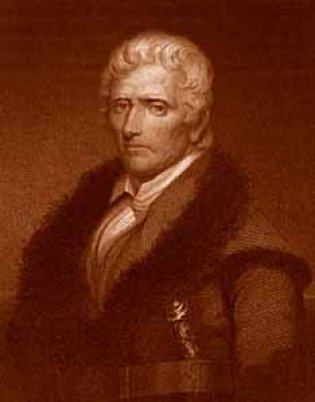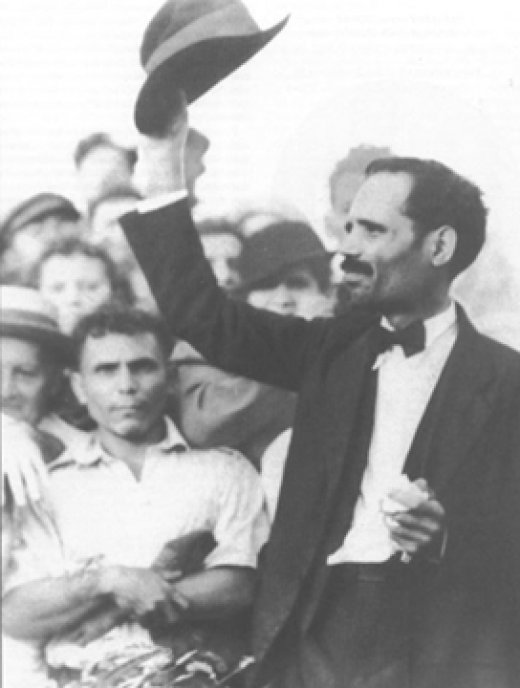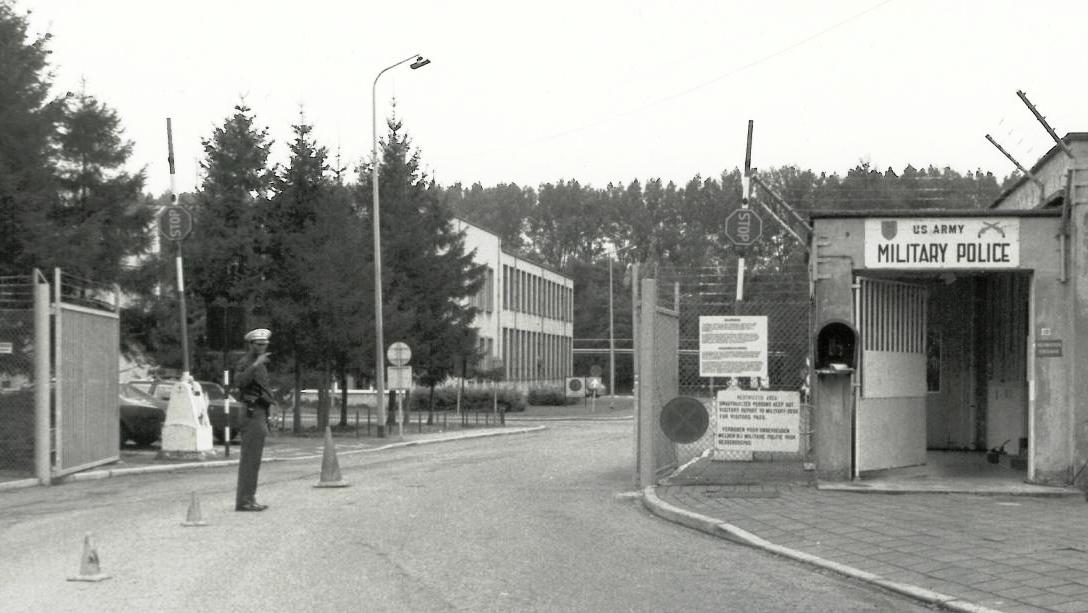“I pledge allegiance to the flag of the United States of America, and to the Empire for which it stands.” According to Daniel Immerwahr, this might be a more accurate pledge for school children to make each morning. His book, How to Hide an Empire: A History of the Greater United States, presents a “familiar history differently” by placing the American empire back at the center of American history. This interesting and easily digestible narrative highlights the longstanding connections between empire and American history.
How to Hide an Empire is a substantial work that charts the shift from a formal empire to an informal one. The book’s first twelve chapters cover the formal American empire from the establishment of the first territories to its zenith at the end of World War II. The remaining ten chapters examine how the American empire shaped the world as it evolved into an informal empire.
In the first section, Immerwahr establishes the foundation of his subject when he defines “territory” as America’s colonial unit, observing “until territories became states, the federal government held absolute power over them.” He uses this early distinction to depict the United States as an empire from its outset, as the territories were little different than colonies save for the possibility of future statehood. This lays the foundation for further chapters on the spread of territories westward and overseas.
Immerwahr asks readers to reimagine beloved parts of American history through an imperial lens. For instance, he reframes the “taming of the west in terms of empire. Within this context, key examples such as the establishment of federally controlled territories and the confinement of Native Americans to reservations support the idea of a domestic American empire.
Likewise, popular figures such as Daniel Boone, and heroes of the American Revolution, such as George Washington and Thomas Jefferson, are shown as proponents and builders of empire. This reframing, and others like it, challenge the reader’s preexisting notions about American history. Immerwahr argues persuasively that empire and history are more intertwined than previously imagined.
Many readers who understand the difference between state and territory may be surprised to learn that in the case of Downes vs. Bidwell in 1901, the Supreme Court ruled that the Constitution applied to “the states alone” and that while “the Constitution was ‘the supreme law of the land,’” the territories are ‘not a part of the land.'” Immerwahr juxtaposes the stories of prominent imperialists, like Theodore Roosevelt, with largely forgotten figures such as Harvard graduate and World War I veteran Pedro Albizu Campos--the greatest anti-imperialist of his day and, arguably, in American history.
Pedro Albizu Campos, noted anti-imperialist, addressing a crowd in 1936
The second half of the story centers on how the post-World War II American empire evolved out of the older one in an era when formal empires were in decline around the world. The development of synthetic materials and military technology obviated the need for the formal colonial apparatus, which was replaced with a vast network of overseas bases. These bases, in turn, became focal points from which American culture spread abroad.
Simultaneously, the U.S. Government fostered English as a global language and encouraged the international adoption of American standards for a variety of products ranging from screw diameters to the color and shape of stop signs. What emerges is a narrative that explains how the American empire shaped the world over the course of the 20th Century, and how it continues to shape the present.
This book is intended for a popular audience, but it has extensive archival work behind it. The bibliography cites material from over a dozen different institutions, both in and outside of the United States. To write this comprehensive history, the author travelled to Alaska, Hawaii, and the Philippines in order to consult records in the very places where the American empire was established. While the work eschews footnotes in favor of endnote citations, Immerwahr was certainly not shy about using them, as the endnotes run to over 78 pages.
Entrance to U.S. Army Garrison in Schinnen, Netherlands, 1969
However, even the best of works have their share of flaws, and Immerwahr’s book is no exception. For instance, Chapter 11 explains how English became a global language due to “billions of decisions” that were “profoundly influenced by the predominant position of the United States in the world." However, the chapter’s discussion of failed attempts to introduce “Basic,” Robert Owen’s global alphabet, and “Housebroken English” as global languages during World War II is never explicitly linked back to the larger arguments of the chapter. This is not to say that sections like these should have been left out. Rather, they could have been more clearly linked to the author’s arguments.
Immerwahr’s work is an ambitious one that reimagines American history with empire as an integral part of the story. Readers will be hard pressed to find a better-researched and well-written work in this field for both experts and the general public. Indeed, these factors make the work perfect for school systems and professors educating students about the true extent of the American empire. Considering the general lack of knowledge about the “Greater United States” and the increasing news coverage of Puerto Rico in the aftermath of Hurricane Maria, this work arrives at a most opportune time and will help introduce the American people to their imperial inheritance.



